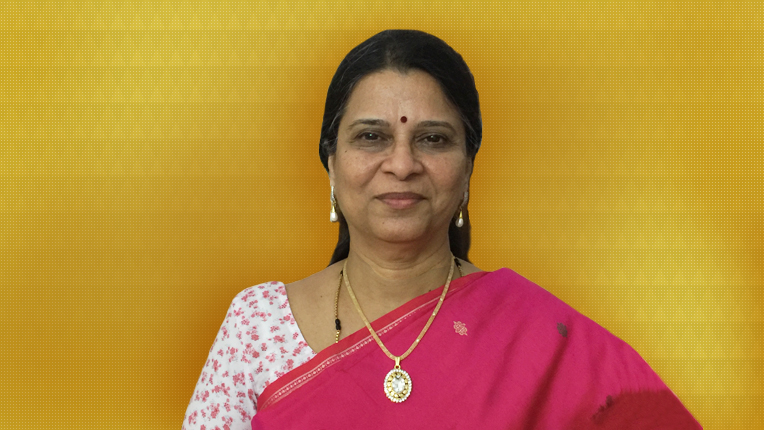People of ACM - Sheila Anand
August 11, 2016
What are the security concerns and challenges associated with Remote Health Monitoring (RHM)?
RHM is a system that collects and disseminates medical data at one location, and stores the data at one or more third-party locations. The transmitted data can be processed and flagged for anomalies, enabling quick action by healthcare professionals and accurate diagnosis/treatment. RHM data is also of interest also to third parties, such as insurance companies, employers, research organizations and the government.
Thus, RHM offers a cost-efficient method of continuously monitoring post-operative care, patients undergoing rehabilitation, high-risk pregnant women, and patients with chronic diseases, as well as senior citizens. However, ensuring data confidentiality is crucial in order to prevent patient privacy abuse. Strict access control measures have to be adopted to ensure that only data that is relevant to the person requesting access is made available.
What is the difference between Computer Vision and Machine Vision and what are the applications of Computer Vision?
While they are essentially the same, Computer Vision (CV) is a broader term which pertains to acquiring, processing, analyzing and understanding images for decision making. It is also concerned with modelling and replicating human vision using specialized software and hardware.
Machine Vision (MV) usually refers to a process of combining automated image analysis with other methods and technologies to provide automated solutions. Traditionally, MV has focused more on the use of cameras and video in industrial settings for automated inspection and other industrial applications. CV includes MV but also deals with aspects of 2D and 3D images and visions that are uncontrolled and often unpredictable.
CV can be used in a variety of applications, and the list is just growing. To name a few, CV is used in manufacturing applications such as process control and automated inspection and quality check. CV is used for testing package integrity like counting drugs packed in a bottle or in label verification such as presence or absence of labels. It also finds application in vision-based control used for robots and also for navigation, as in autonomous vehicles. CV is also applied in medical imaging as well in 3D modelling. CV is currently being extensively used in computer graphics to create image-based models of real-world objects and in computational photography.
In many areas of the world, the representation of women in computing has increased, but there is still much work to do. In what ways is the situation of Indian women in computing similar to that of western countries and in what ways is it different?
The situation of Indian women in computing is essentially similar to that in western countries. We have to ensure quality elementary education for all girls, which is the goal of the Right to Education Act in India. Further, we have to inspire young women to choose science and engineering at the undergraduate level, and help them in finding suitable placements after university.
Further, many Indian women take a hiatus from their corporate career for personal or family reasons early in their career. The unique challenge here is to create opportunities and avenues for their re-entry into the workforce. It is also necessary to provide training to these women to make them employable and to support them in facing the challenges in their new workplace.
ACM-W India held two hackathon events for young women this year. What do you believe young women gain from participating in the hackathon experience? What areas of computing are most popular with Indian computing students?
We have found that, in our experience, more girls come forward to participate in competitions and hackathons when the competitions are restricted to women. The hackathons have encouraged coding in girls, motivated them to pursue their interests, and given them self-confidence. The response to the hackathons we have hosted has been good. We are planning to conduct more such events, including a national-level event. We have seen a lot of their interest and innovative ideas focusing on the fields of web and mobile applications.

Sheila Anand is a professor in the Department of Information Technology at Rajalakshmi Engineering College in Chennai, India. An expert in computer security, she spent nearly two decades in industry before taking on roles in academia.
One of her current research interests is security concerns in healthcare applications. Healthcare data is highly sensitive, and it is necessary to protect this information with proper policies and stringent security safeguards. Anand’s research explores approaches to keep patient health information and personal medical records confidential.
Another key research area of interest for Anand is Machine Vision, where automated image analysis is combined with other methods and technologies to provide automated solutions for industry.
Anand has been active for many years in ACM’s Council on Women in Computing (ACM-W). As a member of the Council, she helps guide its global initiatives. She also serves as the Chair of ACM-W India, where she leads efforts to provide occupational and social support for women computing professionals in her country.